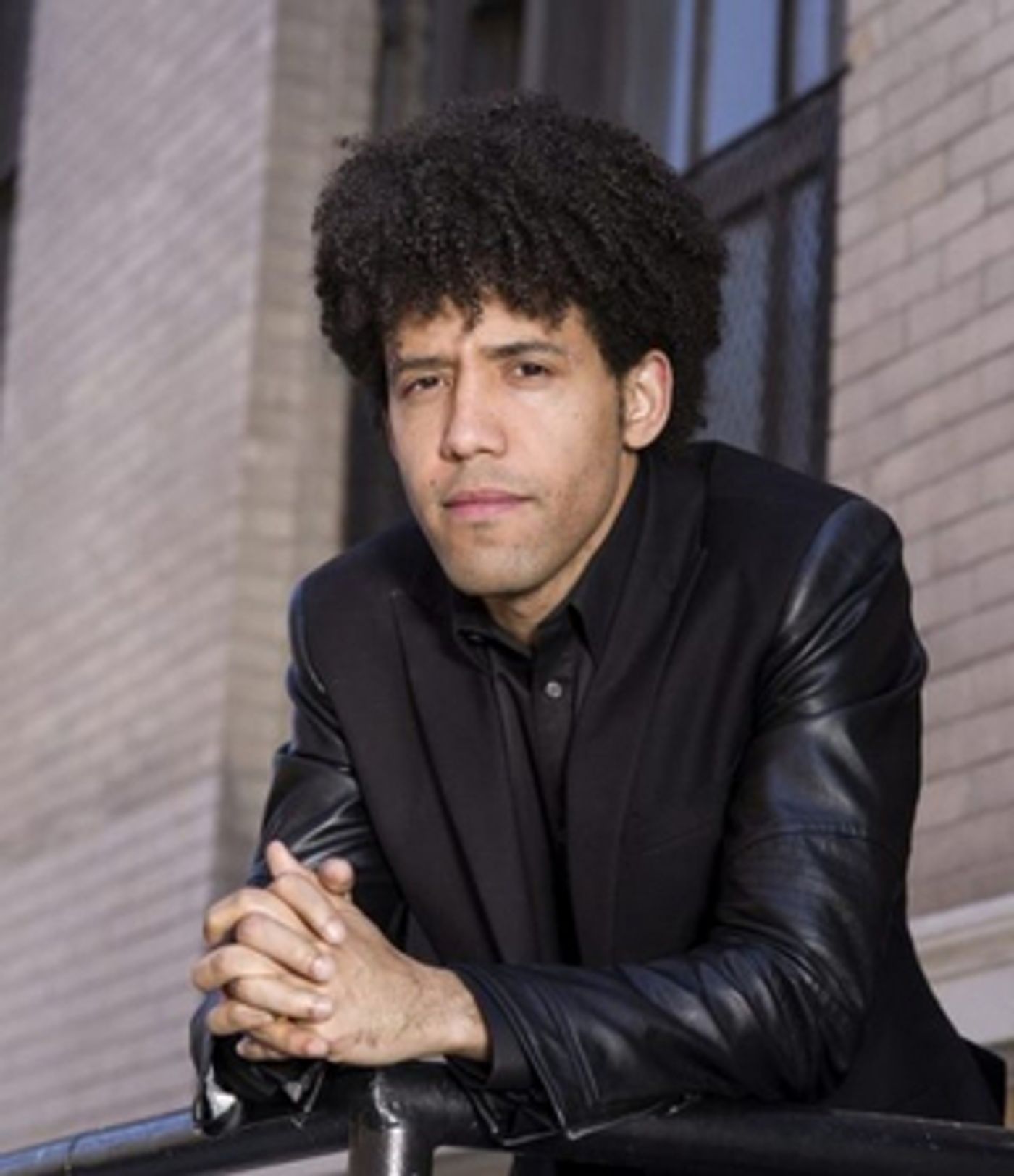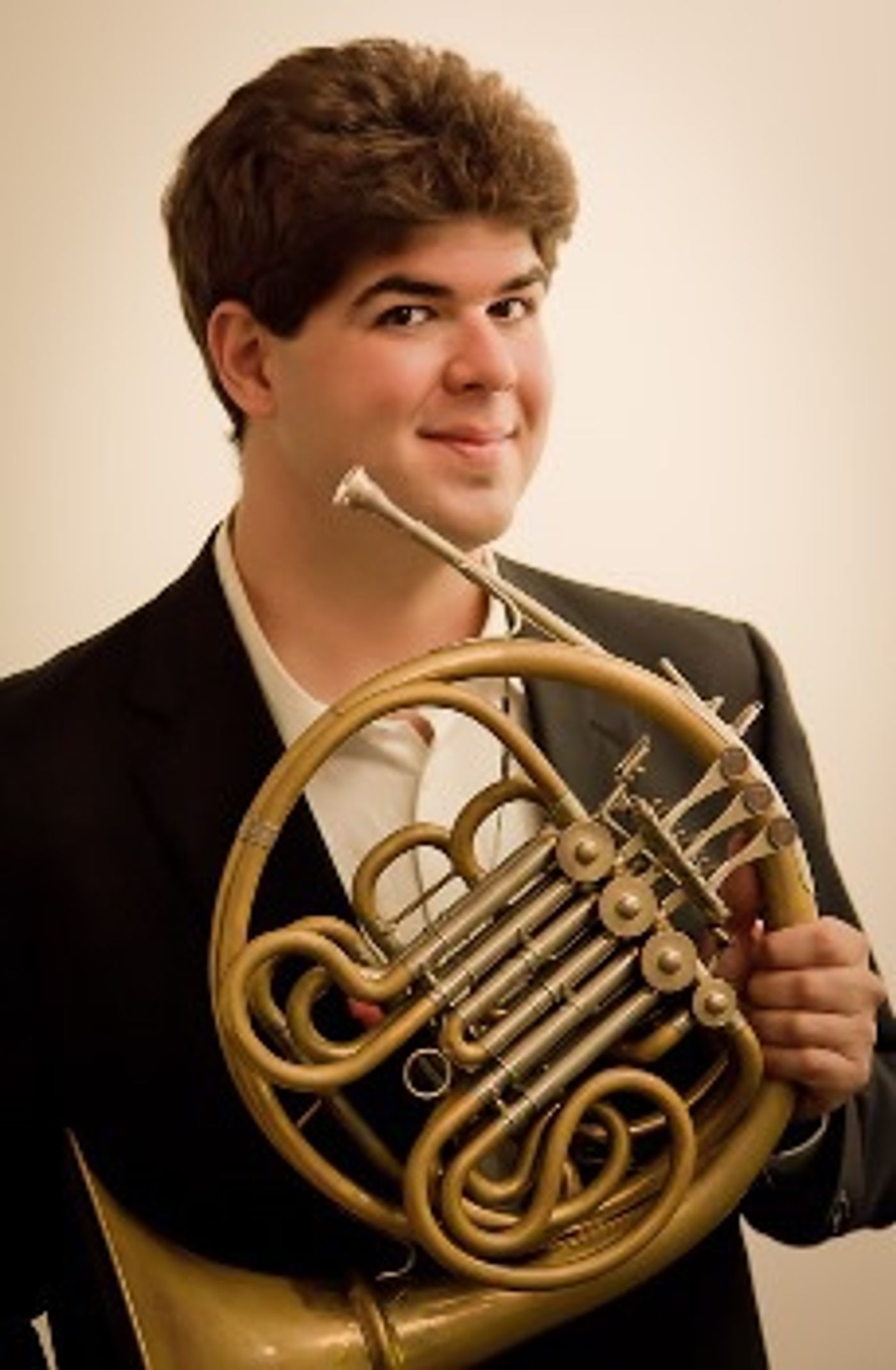Review: SAN DIEGO SYMPHONY at Rady Shell, Jacobs Park
Moya, Ravel, Mahler Interpreted by Rafael Payare

The Jacob's Masterworks Series has been the centerpiece of the San Diego Symphony's concert season for many years. But the pandemic put the series on hold and delayed the launch of Rafael Payare's first full season as music director and conductor. The opening of the outdoor Rady Shell has allowed the Series to resume without the masks or sparse seating that would be required indoors. And a successful host it has proven to be. Turnouts have been larger than can ever be accommodated at the Jacobs Music Center, and acoustics, electronically manipulated though they be, are in many ways an improvement on those of the hall.
Best of all, the orchestra shows no signs of rust despite the long break in public appearances. Its first three concerts of classical symphonic music have been a complete success in programming, performance, and attendance, and the most recent of those concerts marked the return of the Jacobs Series. The program consisted of "Siempre lunes, siempre marzo" by Reinaldo Moya, the Ravel piano Concerto with soloist Inon Barnatan, and Mahler's first symphony in its original seldom heard five-movement version.
Like Payare, Reinaldo Moya is a graduate of Venezuela's El Sistema music education system. The title of his piece suggests Melquíades, the Gypsy's room in Gabriel García Márquez's

celebrated novel One Hundred Years of Solitude. In the room it is, as Moya's title says, "Always Monday, and always March." Moya's orchestration emphasizes the magical element of Márquez's magical-realist literary style. According to the composer the piece "begins as though we are opening the pages of a magical book." Thanks to a John Williams-like evocation of magical fantasy, the opening reminded me of J. K. Rowling more than Márquez. Its colorful orchestration includes iridescent, dancing celesta, chimes, bells and harps. When strings joined in, the percussion section's Latin rhythms changed the mood from magical to festive. "Siempre lunes, siempre marzo" closes with a solemn brass chorale played in this performance with resonant richness by the entire brass section.
Moya's melodies are tonal and reused in ways suggesting minimalist influences, but the orchestration is "Siempre lunes, siempre marzo's" main attraction, and Payare and his musicians made the most of it.
The Ravel concerto begins with the attention-grabbing SNAP! of a whip, and that attention was rewarded with Barnatan's scintillating performance. Like Payare, the pianist's facial expressions and body motions show his emotional involvement while performing. In the concerto it was impish joy for much of the first movement, Gershwin-like bluesy color in the second, and a return to gleeful exuberance in the third. The full orchestra blended beautifully, as did soloists, with an especially lovely second-movement duet between piano and the English horn of Andrea Overturf.
Barnatan's encore was Earl Wild's playfully wild arrangement of Gershwin's "I Got Rhythm," much in the same vein as Ravel's sassy concerto.
Payare included the "Blumine" movement of Mahler's first symphony, a movement the composer dropped after the first three performances. Few conductors or critics have argued the decision. It seems out of place, a pleasant lightweight interlude quite un-Mahler like. It adds unneeded length and dilutes the impact of a symphony Mahler originally called "The Titan."
The first movement begins almost inaudibly, as if in a misty dawn, woodwinds chirping like early-rising birds. Trumpet calls offstage suggest day is coming, an effect unrealized in this performance since the trumpets, though indeed offstage, were miked as though they weren't. Strings pick up the pace, and brass justifies the name "Titan."
"Blumine," the original second movement followed. Enough said. The original third is melodic and light-hearted, based in part on the Ländler, a near relative of the waltz. Payare captured its spirit before an equally effective performance of the movement which most believe is a tongue-in-cheek dirge. The finale featured exultant brass with rapidly rising calls and swooping near

glissandos. The section was called on to negotiate violent waters in every work on the program, the task reaching its peak with Mahler's eight-French horn scoring. Despite lips that had to be tired, the section neared perfection in the triumphant closing movement. The thrilling climax brought the audience immediately to its feet. When the brass musicians rose at Payare's signal, Principal horn Benjamin Jaber lifted his instrument high as the crowd cheered, a fitting ending to another satisfying evening at the Rady Shell.
The concert discussed took place on Friday, October 8, 2021.
For Rady Shell concert and ticket information visit The San Diego Symphony website.
Reader Reviews
Videos

